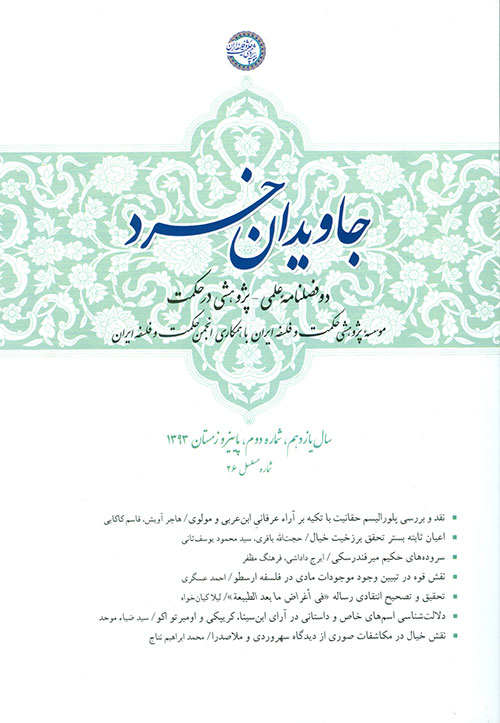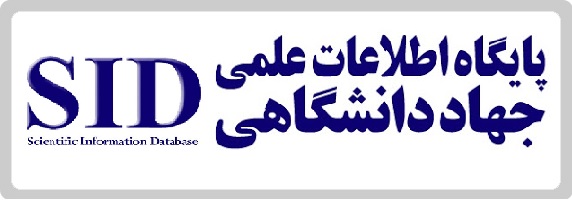Avicenna's Dynamics in the Commentaries on Naṣīr al-Dīn Ṭūsī’s Ḥall Mushkilat al- Isharat wal-Tanbīhāt
Keywords:
Dynamics in Avicenna, Impetus Theory, The Kitāb al-ishārāt wal-tanbīhāt, Ḥall mushkilāt al-Ishārāt, Ṭūsī, commentary tradition around the IshārātAbstract
Avicenna’s Kitāb al-ishārāt wal-tanbīhāt is a densely written philosophical compendium which he composed towards the end of his life. Ever since the publication of Fakhr al-Dīn Rāzī’s (d. 606/ 1209) al-Inārāt fi sharḥ al-Ishārāt wal-tanbīhāt, the Ishārāt has enjoyed the avid interest of post-Avicennan thinkers. Over the centuries, this resulted in the emergence of a vast literary corpus around this work (commentaries, paraphrases, glosses), of which Nasīr al-Dīn al-Ṭūsī’s Ḥall mushkilāt al-Ishārāt wal-tanbihāt constitutes the actual center-piece, while most of the other works revolve one way or another around him. If one looks at the number of copies of each of the Ishārāt and the Ḥall mushkilāt al-Ishārāt that were preserved in Iran, it is clear that the Ishārāt was always studied on the basis of the commentary of Ṭūsī, which was regarded as a reliable and authoritative work. Avicenna explained his dynamics in various works, such as his detailed acount in the Cure (Kitāb al-shifāʾ) or his summary exposition of it in his Elements of Philosophy (ʿUyūn al-ḥikma). From among these various accounts, the one of the Ishārāt stands out in that it is probably his last and also, possesses by far the largest amount of commentaries on it. In this article, the focus will be on Avicenna’s account of motion in second section or namaṭ (chapters six to eight) of his Kitāb al-Ishārāt wal-tanbihāt, Ṭūsī’s Ḥall mushkilāt al-Ishārāt and, notably, some of the commentaries on this latter work which have so far not been studied or published in print: Quṭb al-Dīn al-Shīrāzī, (d. 710/1310), Sayyid Burhān al-Dīn al-Bukhārī (fl. early 8th cent.), Badr al-Dīn Muḥammad b. Asʿad al-Yamanī al-Tustarī (ca. 707/1306) and ʿAlī b. Muḥammad al-Jurjānī al-Sayyid al-Sharīf (d. 816/1413). If anything, these commentaries show the vigour and importance of the commentary tradition around the Ḥall and the Ishārāt.





